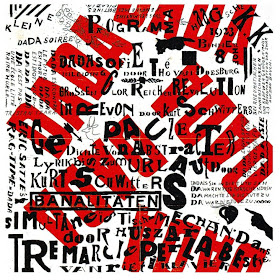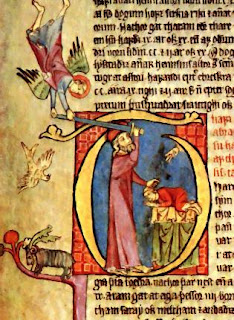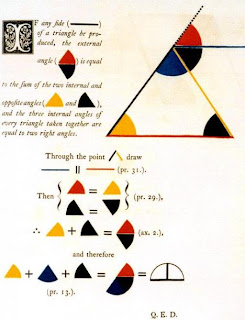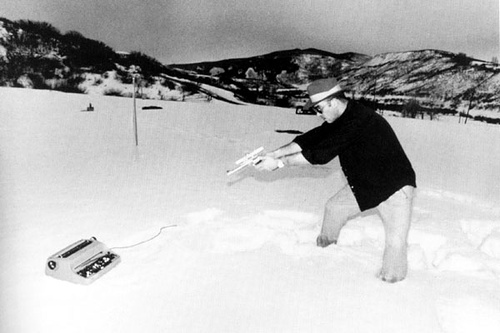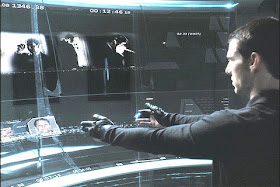- Lesson #1: it's physical objects all the way down. #
- Lesson #2: there is only one "from-scratch run", and we're living in it. #
- Lesson #3: there are no black boxes. #
The first point is one I'm thinking about in the context of what I call hypercode.
Common Lisp is - as usual - an interesting example: with its Sharpsign Dot macro character, one can splice in real objects into the source code loaded from a file.
E.g. if you put the text (* #.(+ 1 2) 3) into a file, the actual code when the file is loaded is (* 3 3).
And with Sharpsign Equal-Sign and Sharpsign Sharpsign, we can construct cyclic structures in files: '#1=(foo . #1#) reads as a pair that contains the symbol foo as car, and itself as cdr: #1=(FOO . #1#) (don't forget to set *print-circle* to true if you don't want to get a stack overflow in the printer).
The question I'm thinking about is: what happens if source code consists of the syntax objects themselves, and not their representations in some format? Is it just more of the same, or a fundamental change?
For example: what if you have a language with first-class patterns and you can now manipulate these patterns directly - i.e. they present their own user interface? Is this a fundamental change compared to text or not?
As Harrison Ainsworth tweeted:
For example: what if you have a language with first-class patterns and you can now manipulate these patterns directly - i.e. they present their own user interface? Is this a fundamental change compared to text or not?
As Harrison Ainsworth tweeted:
- Is parsing not an illusory problem caused by using the wrong data structure? #

